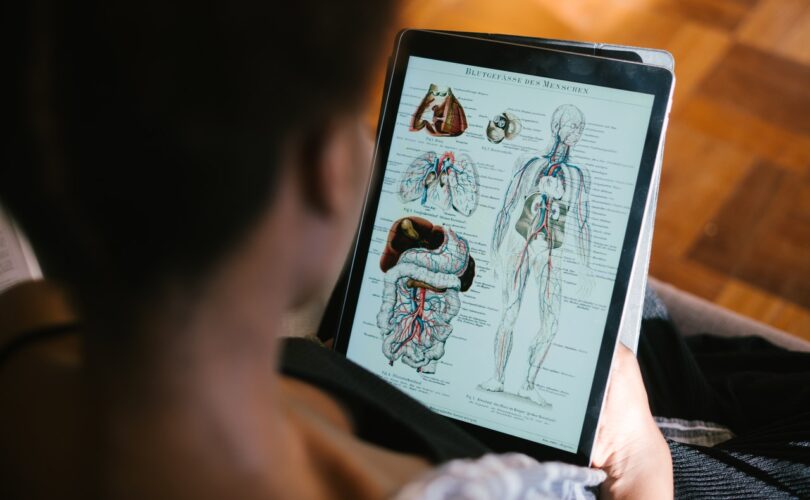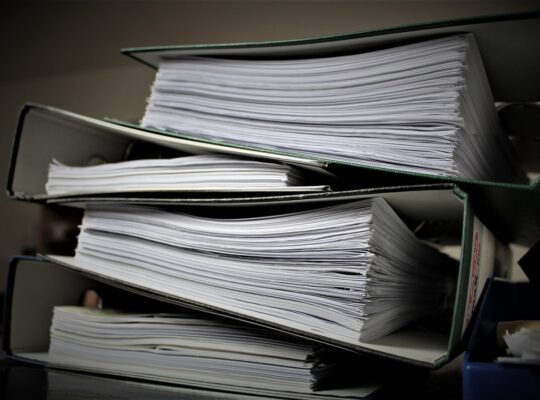HUMAN ANATOMY & PHYSIOLOGY (THEORY)
Theory : 3 Hrs. /Week
1. Scope and Objectives: This course is designed to impart a fundamental knowledge on the structure and functions of the human body. It also helps in understanding both homeostasis mechanisms and homeostatic imbalances of various body systems. Since a medicament, which is produced by pharmacist, is used to correct the deviations in human body, it enhances the understanding of how the drugs act on the various body systems in correcting the disease state of the organs.
2. Upon completion of the course the student shall be able to:
- describe the structure (gross and histology) and functions of various organs of the human body;
- describe the various homeostatic mechanisms and their imbalances of various systems;
- identify the various tissues and organs of the different systems of the human body;
- perform the hematological tests and also record blood pressure, heart rate, pulse, and Respiratory volumes;
- appreciate the coordinated working pattern of different organs of each system; and
- appreciate the interlinked mechanisms in the maintenance of normal functioning (homeostasis) of the human body
3. Course materials: Textbooks
Tortora Gerard J. and Nicholas, P. Principles of anatomy and physiology Publisher Harpercollins College New York.
Wilson, K.J.W. Ross and Wilson’s foundations of anatomy and physiology. Publisher: Churchill Livingstone, Edinburg.
Reference books
- Guyton Arthur, C. Physiology of human body. Publisher: Holtsaunders.
- Chatterjee, C.C. Human physiology. Volume 1&11. Publisher: medical allied agency, Calcutta.
- Peter L. Williams, Roger Warwick, Mary Dyson and Lawrence, H.
- Gray’s anatomy. Publisher: Churchill Livingstone, London.
4. Lecture wise program :
Topics
| 1 | Scope of anatomy and physiology, basic terminologies used in this subject (Description of the body as such planes and terminologies) |
| 2 | Structure of cell – its components and their functions. |
| 3 | Elementary tissues of the human body: epithelial, connective, muscular, and nervous tissues-their sub-types and characteristics |
| 4 |
Osseous systema) structure, composition, and functions of the Skeleton. (done in practical classes – 6hrs) |
| 5 |
Hemopoietic Systema) Composition and functions of blood |
| 6 |
Lympha) Lymph and lymphatic system, composition, formation, and circulation. |
| 7 |
Cardiovascular systema) Anatomy and functions of the heart |
| 8 |
Respiratory systema) Anatomy of respiratory organs and functions |
| 9 |
Digestive systema) Anatomy and physiology of GIT |
| 10 |
Nervous systema) Definition and classification of the nervous system |
| 11 |
Urinary systema) Anatomy and physiology of urinary system |
| 12 |
Endocrine systema) Pituitary gland |
| 13 |
Reproductive systema) Male and female reproductive system |
| 14 |
Sense organsa) Eye b) Ear c) Skin d) Tongue & Nose |
| 15 |
Skeletal musclesa) Histology |
| 16 |
Sports physiologya) Muscles in exercise, Effect of athletic training on muscles and muscle performance, |
HUMAN ANATOMY & PHYSIOLOGY (PRACTICAL)
Practical : 3 Hrs./Week
General Requirements: Dissection box, Laboratory Napkin, muslin cloth, record, Observation book(100pages), Stationery items, Blood lancet.
Course materials:
Textbooks
Goyal, R. K, Natvar M.P, and Shah S.A, Practical anatomy, physiology and biochemistry, latest edition, Publisher: B.S Shah Prakashan, Ahmedabad.
Reference books
Ranade VG, Textbook of practical physiology, Latest edition, Publisher: PVG, Pune Anderson Experimental Physiology, Latest edition, Publisher: NA
List of Experiments:
- Study of tissues of the human body
- epithelial tissue.
- Muscular tissue.
- Study of tissues of the human body
- Connective tissue.
- Nervous tissue.
- Study of appliances used in hematological experiments.
- Determination of W.B.C. count of the blood.
- Determination of R.B.C. count of the blood.
- Determination of differential count of the blood.
- Determination of
- Erythrocyte Sedimentation Rate.
- Hemoglobin content of Blood.
- Bleeding time & Clotting time.
- Determination of
Blood Pressure.
Blood group.
- Study of various systems with the help of charts, models & specimens
(a) Skeleton system part I-axial skeleton.
(b) Skeleton system part II- appendicular skeleton.
(c) Cardiovascular system.
(d) Respiratory system.
(e) Digestive system.
(f) Urinary system.
(g) Nervous system.
(h) Special senses.
(i) Reproductive system.
- Study of different family planning appliances.
- To perform pregnancy diagnosis test.
- Study of appliances used in experimental physiology.
- To record simple muscle curve using gastroenemius sciatic nerve preparation.
- To record simple summation curve using gastroenemius sciatic nerve preparation.
- To record simple effect of temperature using gastroenemius sciatic nerve preparation.
- To record simple effect of load & afterload using gastroenemius sciatic nerve preparation.
- To record simple fatigue curve using gastroenemius sciatic nerve preparation.
| Scheme of Practical Examination: Sessionals | Annual | ||
| Identification | 04 | 10 | |
| Synopsis | 04 | 10 | |
| Major Experiment | 07 | 20 | |
| Minor Experiment | 03 | 15 | |
| Viva | 02 | 15 | |
| Max Marks | 20 | 70 | |
| Duration | 03hrs | 04hrs | |
Click Here to download Syllabus






